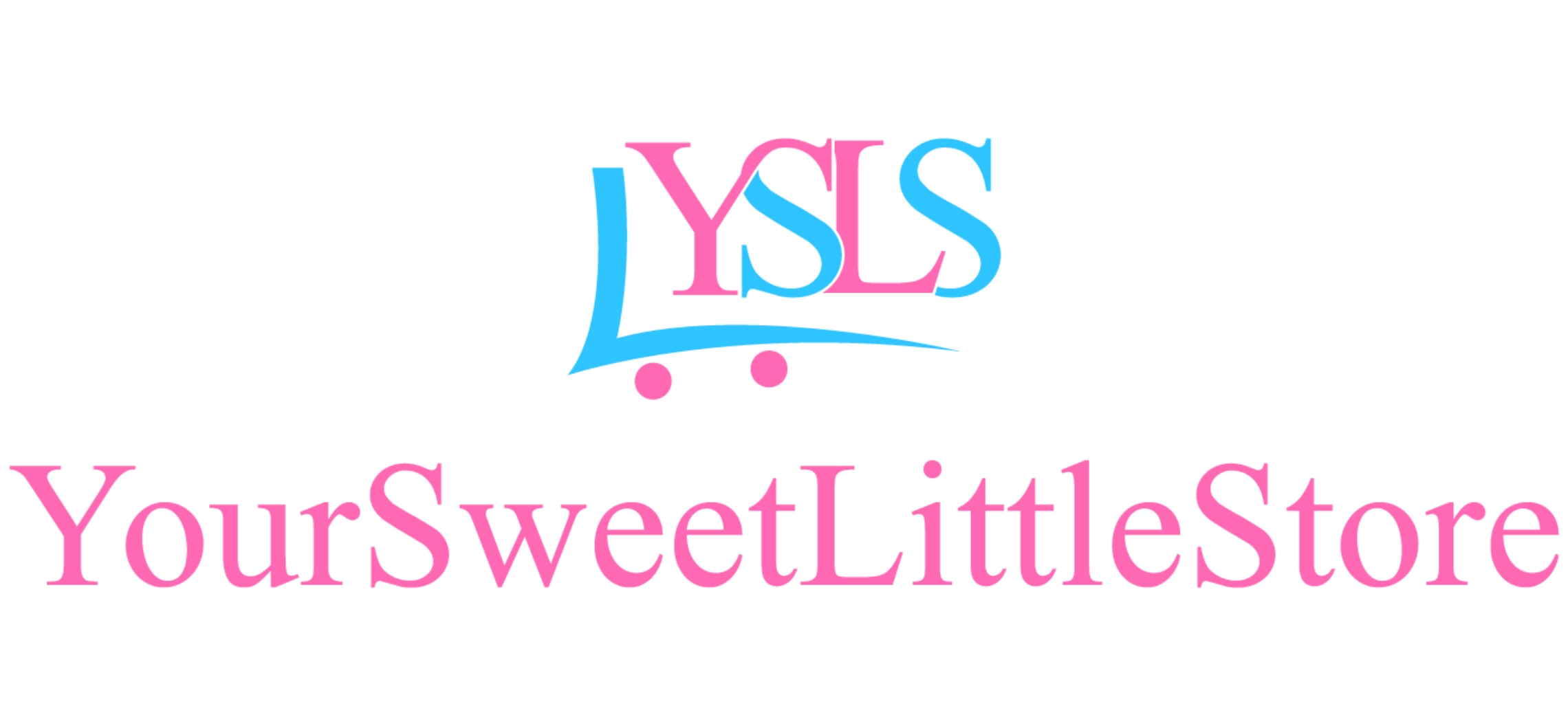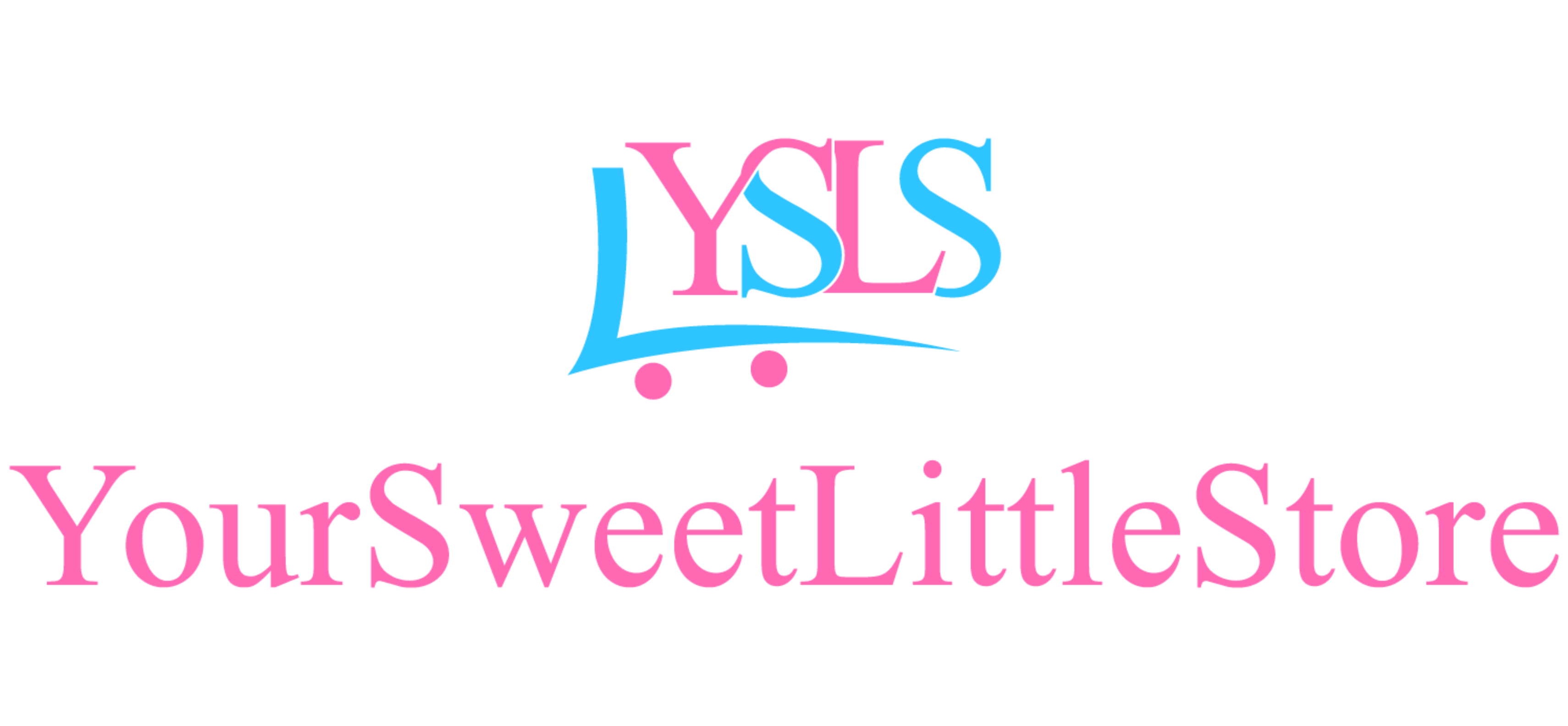Categories
Recent Articles
-
Learning through play is an important part of a Child's development. August 06, 2021
-
Newborn and Baby Feeding Schedule: How Much Should a 0-3 Month-Old Eat? August 03, 2021
-
Baby Feeding Schedules by Food Type and Age August 03, 2021
Tag Cloud
Featured Products
Newborn and Baby Feeding Schedule: How Much Should a 0-3 Month-Old Eat?
Now that you're home from the hospital with your little bundle of joy, you are probably starting to settle in and get to know one another. While it may feel like one continuous day as you feed your baby every 2 to 4 hours and change diapers around the clock, things will eventually morph into a routine. But until then, try to feed your baby on demand as they are regaining the weight they lost after birth and establishing a good eating pattern.
Fed Is Best
At Verywell Family, we want to support parents by giving them information about all of the ways they can feed their newborns and babies—be it breastfeeding or bottle feeding. At the end of the day, "fed is best."
What Does Baby Need When They Are 0-3 Months Old
When you bring your baby home from the hospital, their primary needs are to be fed when hungry, have their diapers changed consistently, have their umbilical cord cared for, be put to sleep on their back, and, most importantly, to be cuddled and nurtured by their parent or parents. According to Dr. Danielle Roberts, a pediatrician in Zanesville, Ohio, this time period in a baby's life can feel a little rough, but it goes by quickly.
It's normal for infants to consume nutrition every two hours day and night. They do not have much fat storage at this age to pull from so their blood sugars can drop if they go long periods of time without eating.
For instance, a breastfed infant will nurse every 2 to 3 hours or 8 to 12 times per day, Dr. Roberts says. All of this eating is designed to help them meet some important growth milestones.
"Some young infants may not be back to birth weight yet and have very little fat stores or reserves to pull from. Your pediatrician may advise that you wake your infant every 3 to 4 hours to ensure consistent calories," Dr. Roberts says. "Keep in mind, some infants with jaundice may be more sleepy and less likely to wake on their own."
Once your baby is growing consistently, Dr. Roberts says that your medical provider may indicate that it's no longer necessary to wake your baby for feedings at night and can go to an on-demand schedule.
"This is very exciting news to tell families they may get longer stretches of sleep," she says. "Again, though, it's important to keep up with your routine visits to make sure your infant is still growing well on their on-demand feeding regimen as well."
How Much to Feed a Newborn
According to Dr. Roberts, newborns have tiny stomachs that are no bigger than a ping pong ball, so they cannot hold much milk at one time. Over time, their stomachs will stretch to accommodate larger volumes.
"Initially, an infant may take only 30ml (or 1 ounce) and may quickly increase to 90ml (or 3 ounces)," Roberts says. "This amount can be difficult to assess for breastfeeding babies, but we typically recommend 5 to 20 minutes on each breast. The variation in time depends on the mother's milk letdown and how quickly that is occurring as well as how strong the infant's suck is."
It's important for an infant to try to nurse on each breast during every feeding session in order to consume the most amount of breast milk at each nursing session. The overall goal at this age is to consume 120kcal/kg/day (or 55 kilocalories per pound of weight per every 24 hours) to support optimal nutrition at this age, Dr. Roberts says.
"Your pediatrician can help you calculate the total ounces of breast milk or formula to support your growing baby," she says.
Signs Your Baby Is Hungry
Learning your baby's hunger cues helps you determine when they are ready to eat (or know if they need more food). Plus, recognizing hunger cues can help you get your baby fed before they start crying. Here are some signs that your baby might be ready to eat:1
- Showing signs of the rooting reflex (turning their head to the side with their mouth open)
- Licking their lips
- Sucking on their hands or anything within reach like your arm or shirt
- Nuzzling against your breasts
- Opening their mouth
- Sticking their tongue out
- Licking their lips
- Being fussy or crying
If you notice these signs you may want to offer your baby the breast or a bottle, depending on your preferred method of feeding.
Baby Feeding Goals for 0-3 Months Old
The American Academy of Pediatrics (AAP) indicates that on average, a baby this age will consume about 2.5 ounces of formula a day for every pound of their body weight while breastfed babies might consume about 2 to 2.5 ounces of expressed milk for every pound of their body weight.2 Additionally, your baby will likely eat 8 to 10 times in a 24-hour period.
As they get older both breastfed and formula-fed babies are typically satisfied with about 2 to 4 ounces of formula or expressed breast milk per feeding. Watch for your baby's hunger cues and work with your pediatrician to determine the total number of ounces in a day's time your baby should be eating. Here are some recommendations based on the AAP guidelines.
| How Much an Infant 0-3 Months Needs Per Day | |||
|---|---|---|---|
| Weight | Formula | Expressed Milk | Breastfeeding |
| 4 lbs | 10 oz. | 10 oz. | 15 min per breast at each feeding |
| 6 | 15 | 15 | 15 |
| 8 | 20 | 20 | 15 |
| 10 | 25 | 25 | 15 |
| 12 | 30 | 30 | 15 |
| 14 | 35 | 35 | 15 |
You also can estimate how much milk your baby needs based on their age.2
- Newborns: 2 to 3 ounces per formula feeding or expressed breast milk per feeding
- 1 month old: 3 to 4 ounces per formula feeding or 2 to 4 ounces of expressed breast milk per feeding
- 2 months old: 4 to 5 ounces per formula feeding or 3 to 4 ounces of expressed breast milk per feeding
- 3 months old: 4 to 5 ounces per formula feeding or 3 to 4 ounces of expressed breast milk per feeding
According to Dr. Roberts, the important thing to remember is that every child is different. The numbers in the above charts are meant only as guidelines.
In general, try to feed your baby when they're hungry and allow them to stop when they are full. As tempting as it may be to get them to finish those that last ounce, try not to force it. Babies are very good at regulating how much food they need to eat. As you get to know your little one, you will come to know what to expect in terms of feeding.
Sample Baby Feeding Schedules
Here are some sample feeding charts that illustrate what an average day might look like when feeding your infant. Keep in mind though that every baby is different, so your baby may eat more or less than what is listed here. If you want a more personalized chart, talk to your pediatrician about what you should expect with your baby.
1 Month Old Breastfed Infant
- 5 a.m. — Nurses for 15 minutes on each breast
- 7 a.m. — Nurses for 15 minutes on each breast
- 10 a.m. — Nurses for 15 minutes on each breast
- 1 p.m. — Nurses for 15 minutes on each breast
- 4 p.m. — Nurses for 15 minutes on each breast
- 6 p.m. — Nurses for 15 minutes on each breast
- 9 p.m. — Nurses for 15 minutes on each breast
- 12 a.m. — Nurses for 15 minutes on each breast
- 3 a.m. — Nurses for 15 minutes on each breast
1 Month Old Combination-Fed Infant
- 5 a.m. — Nurses for 15 minutes on each breast
- 8 a.m. — 3 ounces of expressed milk
- 11 a.m. — 3 ounces of expressed milk
- 2 p.m. — 3 ounces of expressed milk
- 5 p.m. — 3 ounces of expressed milk
- 7 p.m. — Nurses for 15 minutes on each breast
- 9 p.m. — Nurses for 15 minutes on each breast
- 1 a.m. — Nurses for 15 minutes on each breast
1 Month Old Formula-Fed Infant
- 6 a.m. — 3 ounces of formula
- 9 a.m. — 3 ounces of formula
- 12 p.m. — 3 ounces of formula
- 3 p.m. — 3 ounces of formula
- 6 p.m. — 3 ounces of formula
- 9 p.m. — 3 ounces of formula
- 1 a.m. — 3 ounces of formula
- 5 a.m. — 3 ounces of formula
How to Know if Your Baby Is Getting Enough to Eat
Regardless of how your baby is fed, they will appear satiated after eating if they have gotten the proper amount of food. If they are not getting enough, their mood will be your first sign that they are still hungry.
For instance, they may cry, fuss, or suck on things after their feedings. But, use caution here, because sometimes these signs can be an indicator of something else like colic, gas, or even reflux. And you don't want to force your baby to eat if that's not the issue.
Another way to tell if your baby is satisfied is to track the number of wet diapers they have in a 24-hour period. Infants greater than 1 week old should have at least six wet diapers per day and the urine should be pale yellow.
Paying attention to your baby's weight gain also can help you determine if they have been fed enough. The average weight gain for newborns is about 4 to 7 ounces per week. If your baby is gaining less, they may not be getting enough to eat. Your pediatrician can help you determine if your child's weight gain and growth are on track or something to be concerned about.
If you think that your baby may not be eating enough or they are not producing enough wet diapers, contact your pediatrician right away. They can determine if there is an underlying issue and help you figure out a healthy feeding plan for your baby.









